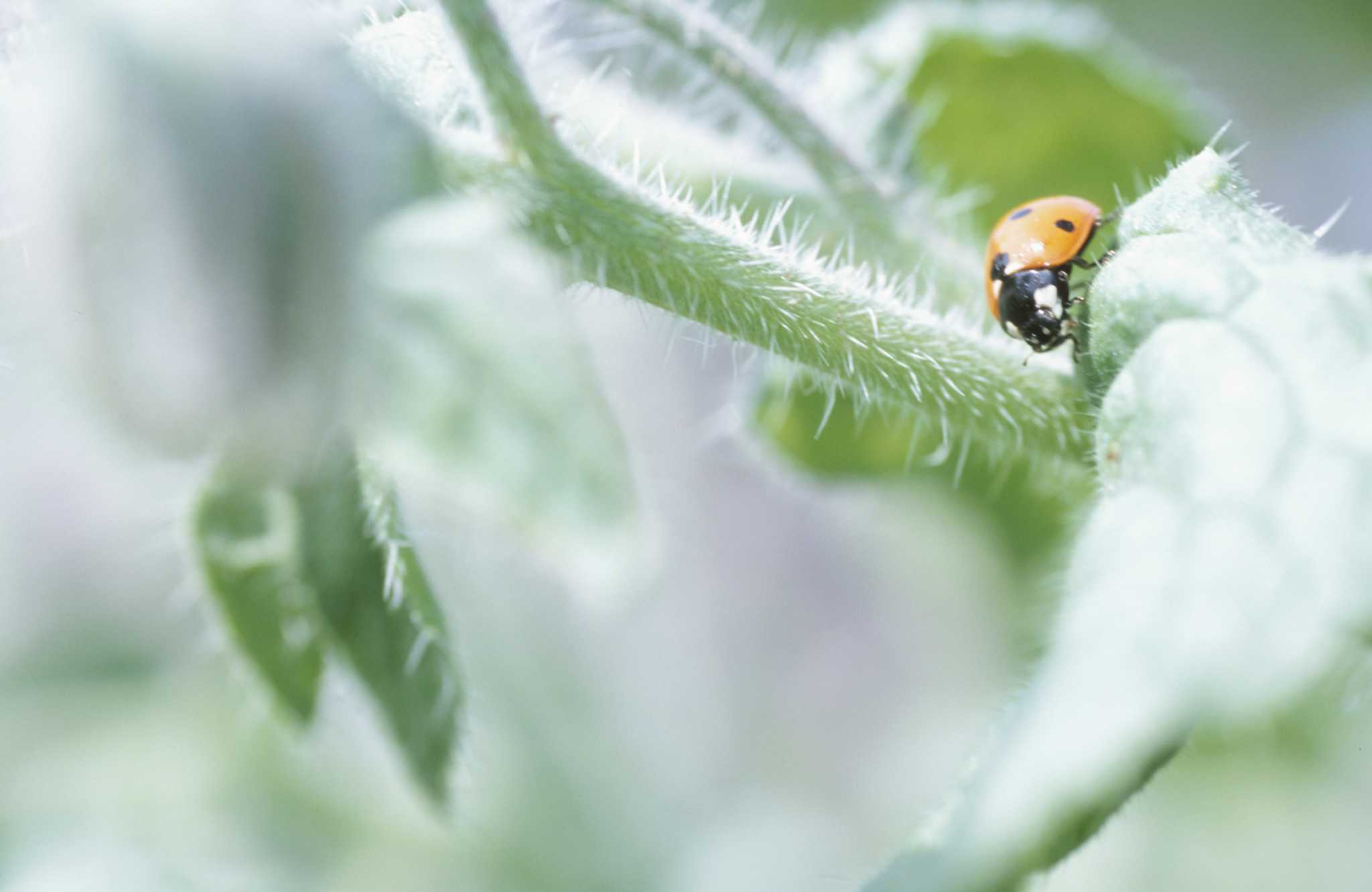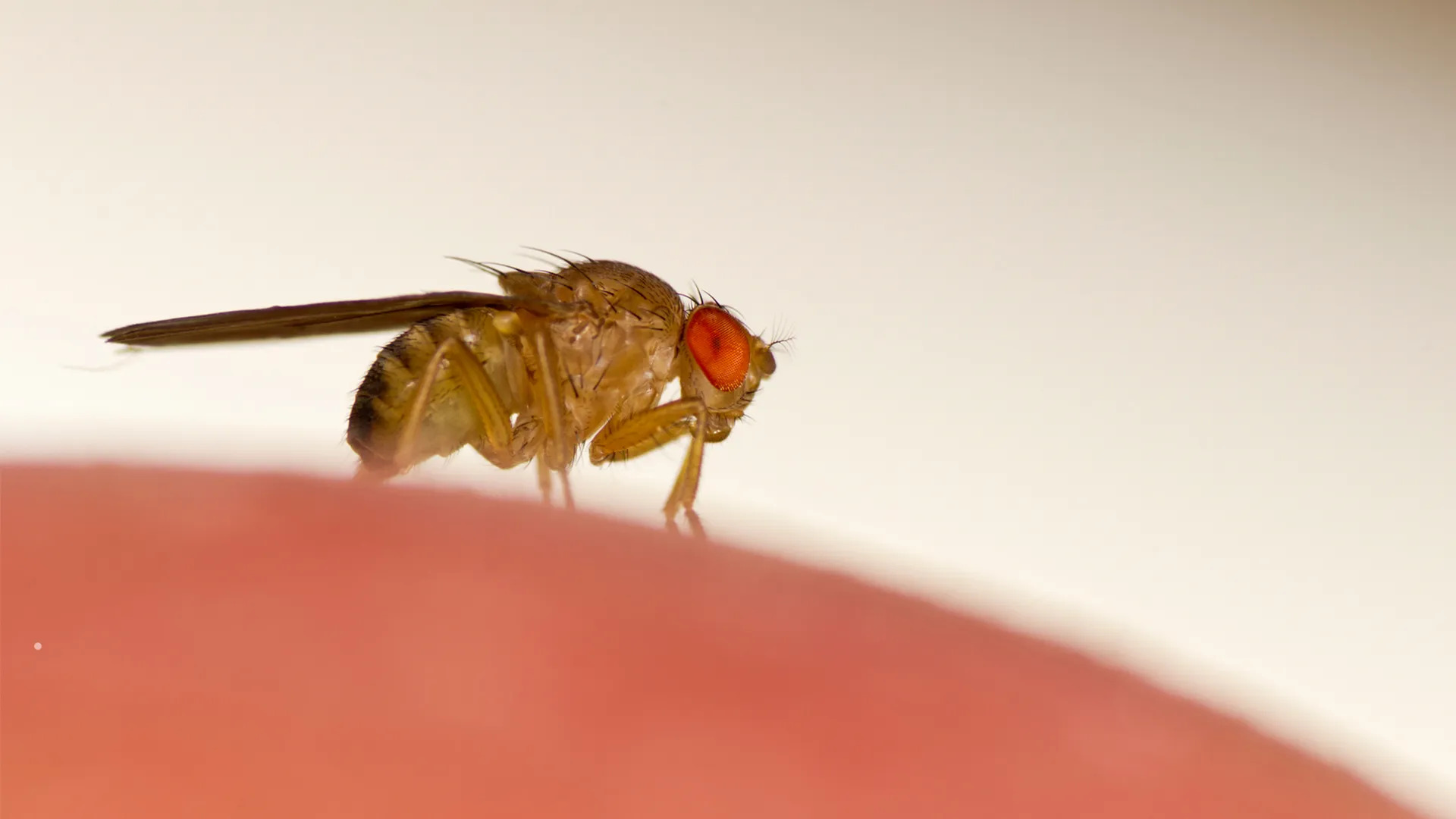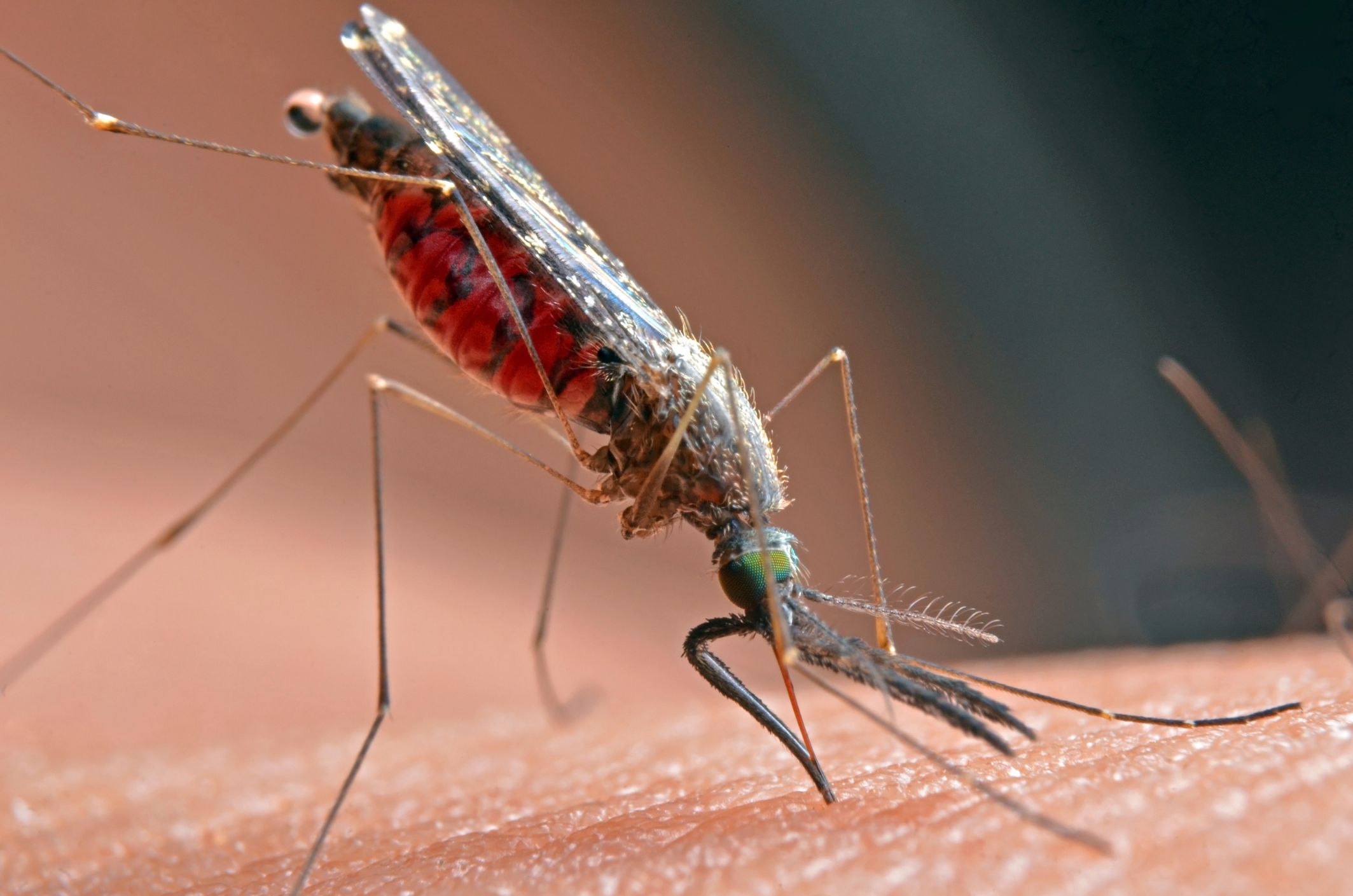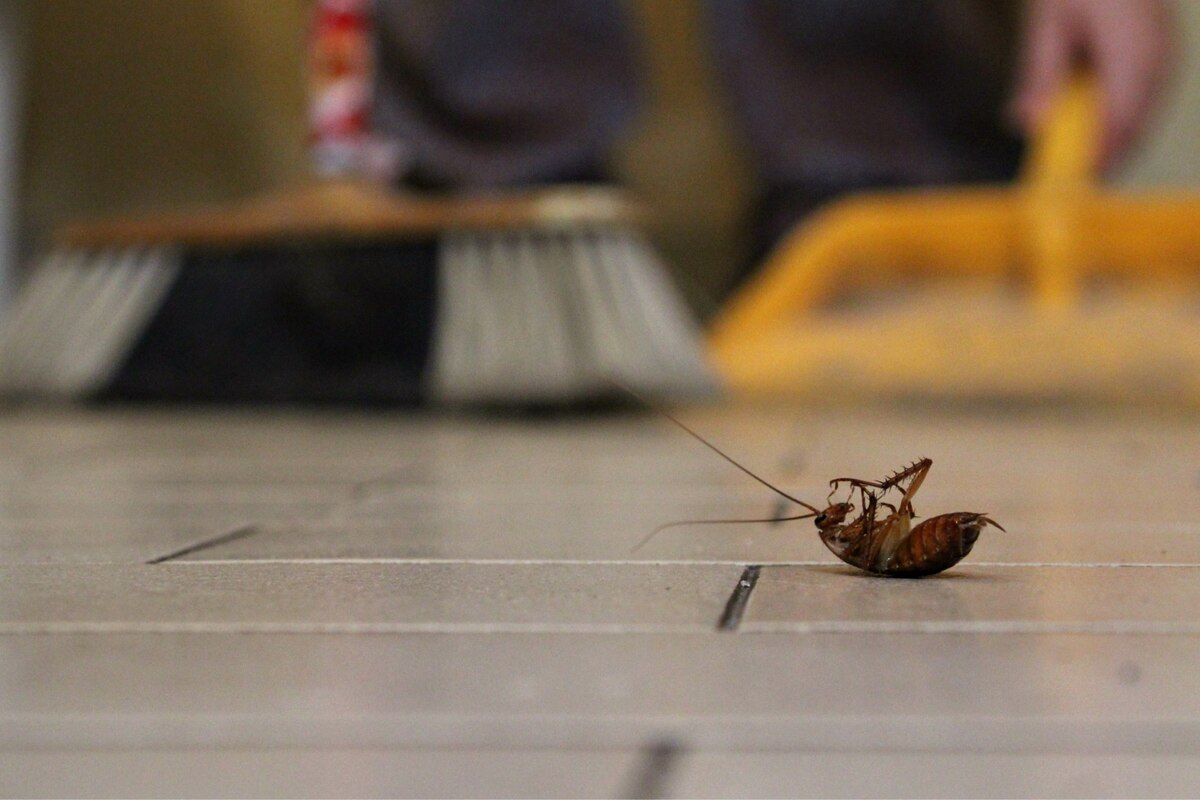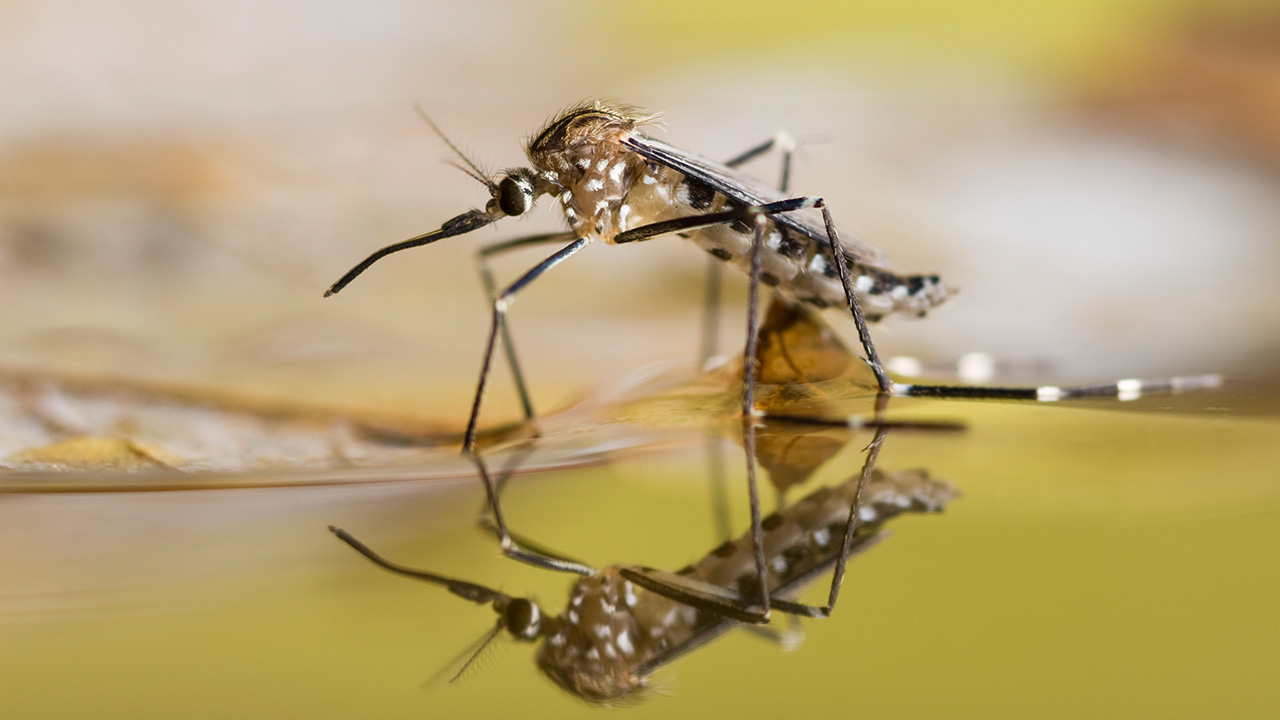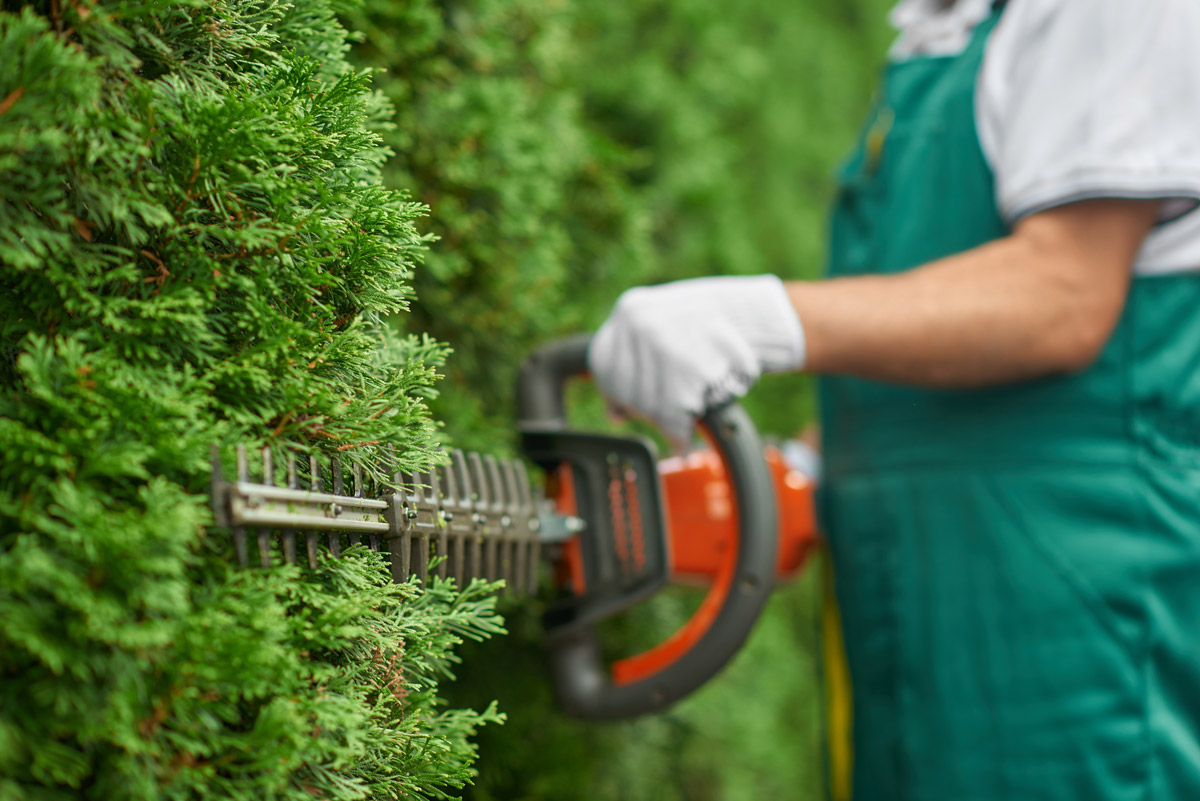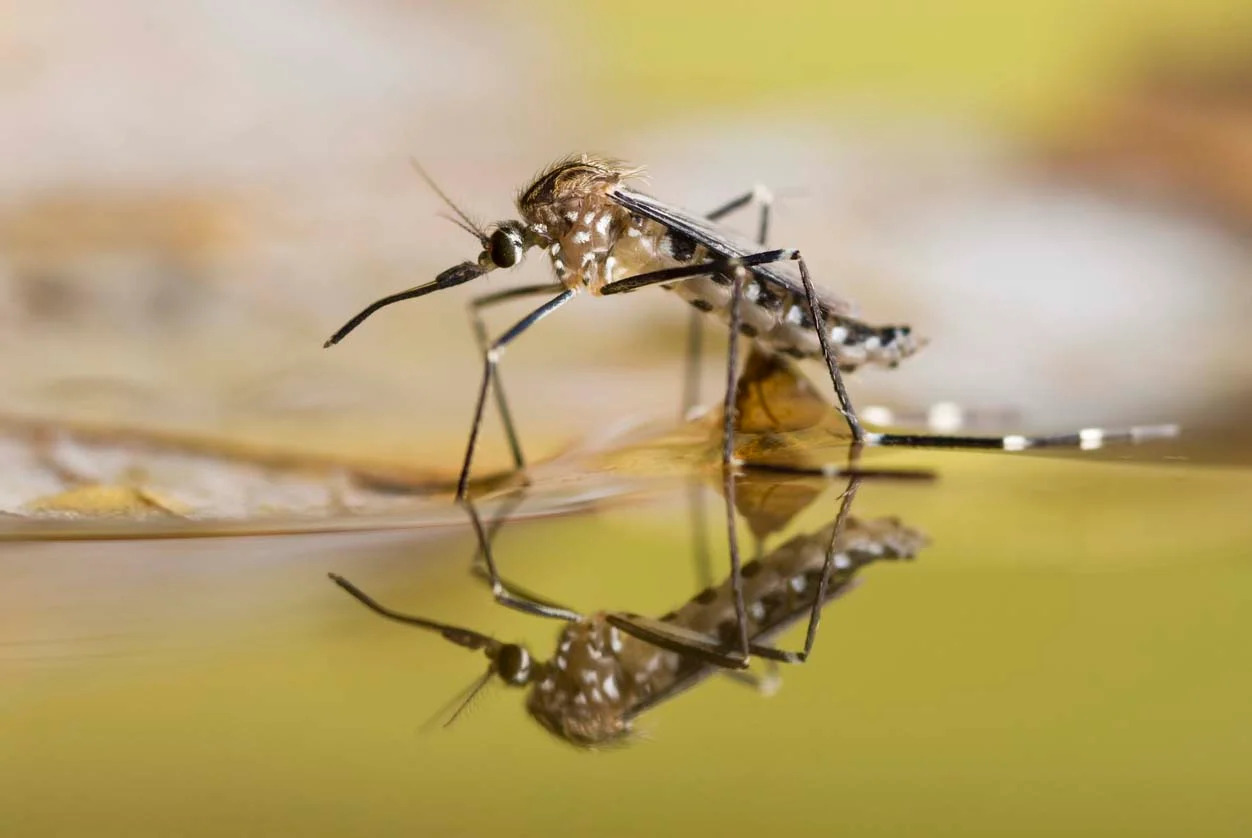Home>Gardening News and Trends>Gardening Trends>What Insects Does Cedar Repel
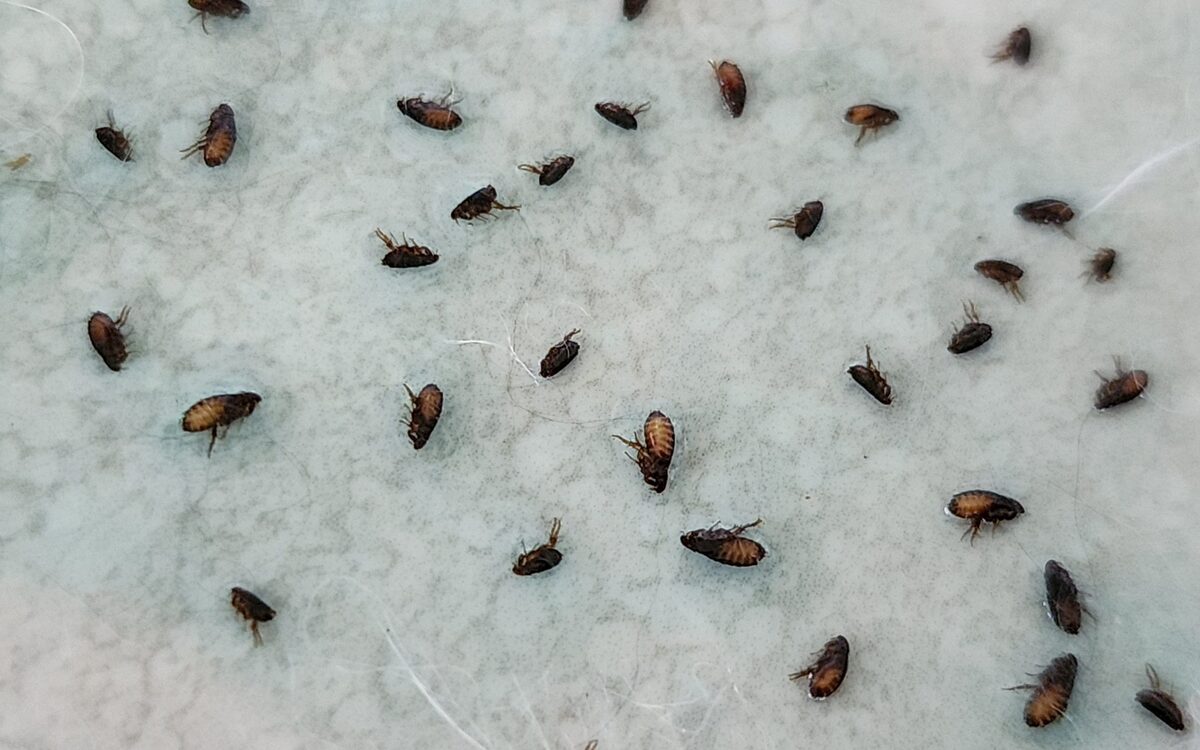

Gardening Trends
What Insects Does Cedar Repel
Modified: January 22, 2024
Discover the latest gardening trends and learn about the insects that cedar repels.
(Many of the links in this article redirect to a specific reviewed product. Your purchase of these products through affiliate links helps to generate commission for Chicagolandgardening.com, at no extra cost. Learn more)
Table of Contents
Introduction
Welcome to the world of gardening, where plants flourish, and nature thrives. One of the key challenges that gardeners face is dealing with pests and insects that can wreak havoc on plants and disrupt the garden ecosystem. While there are numerous chemical insecticides available in the market, many gardeners are turning towards natural alternatives to protect their plants and maintain a healthy environment.
Cedar has emerged as a popular choice among gardeners due to its natural insect-repelling properties. Not only does it offer a protective shield against pests, but it also adds an aesthetically pleasing element to gardens and outdoor spaces. In this article, we will delve into the world of cedar repellency and explore the common insects that are repelled by cedar.
Understanding the role of cedar as an insect repellent is essential in utilizing its benefits effectively. By harnessing the power of cedar, gardeners can protect their plants, reduce the use of synthetic chemicals, and create a harmonious balance in their gardening practices.
So, let’s dive into the fascinating realm of cedar and discover its potential as an insect repellent.
Understanding Cedar Repellency
Cedar is a type of wood that is naturally rich in aromatic compounds called phenolics. These phenolics are responsible for cedar’s distinct scent and also play a crucial role in repelling insects. When insects come into contact with cedar, they are repelled by the strong odor produced by these phenolics.
One of the main reasons why insects are repelled by cedar is that the phenolics disrupt their sensory system. Insects rely heavily on their sense of smell to locate food sources, mates, and suitable habitats. The strong aroma of cedar confuses and overwhelms their olfactory receptors, effectively deterring them from entering the area.
Furthermore, cedar contains natural oils, such as cedrol, which have insect-repellent properties. These oils act as a deterrent by creating a barrier that insects find unpleasant or irritating. When insects encounter cedar, they perceive it as a hostile environment and seek alternative locations to inhabit.
It’s important to note that the effectiveness of cedar as an insect repellent can vary depending on the specific type of cedar used. Certain cedar species, such as Eastern Red Cedar (Juniperus virginiana) and Western Red Cedar (Thuja plicata), have higher concentrations of phenolics and oils, making them more potent repellents.
In addition to repelling insects, cedar also provides other benefits in the garden. It is resistant to decay and rot, which makes it an ideal choice for constructing raised beds, garden furniture, and fencing. Cedar is also known for its durability, making it a long-lasting option for outdoor structures.
Now that we have explored the science behind cedar’s repellency, let’s discover the common insects that are repelled by this remarkable wood.
Common Insects Repelled by Cedar
Cedar is known to be effective in repelling a wide range of common insects that can wreak havoc on gardens and harm plants. Let’s take a closer look at some of the insects that are naturally repelled by cedar:
- Moths: Cedar has long been used as a natural moth repellent. The strong scent of cedar disrupts the mating patterns of moths, preventing them from laying eggs and infesting clothing, carpets, and stored fabrics.
- Mosquitoes: Mosquitoes are not fond of the scent of cedar, making it a natural deterrent for these blood-sucking pests. By using cedar in outdoor areas like patios and porches, you can create a mosquito-free zone for relaxation and enjoyment.
- Ants: Cedar acts as a barrier against ants, preventing them from invading your garden or infiltrating your home. Its strong scent confuses their trail-following ability, making it difficult for ants to locate food sources.
- Ticks: Cedar is known to repel ticks, which are common carriers of diseases like Lyme disease. By using cedar mulch or placing cedar chips around your garden, you can help reduce the presence of ticks and protect yourself and your pets.
- Termites: Cedar is highly resistant to termites due to the presence of natural compounds that these wood-eating insects find toxic. Using cedar wood or cedar-based products in construction can help deter termites and protect your garden structures.
These are just a few examples of the insects that cedar can repel. It’s important to note that the effectiveness may vary depending on factors such as the concentration of cedar used and the specific insect species.
Now that we have explored the insects repelled by cedar, let’s delve into the effectiveness of cedar as an insect repellent in more detail.
Effectiveness of Cedar as an Insect Repellent
Cedar has long been praised for its natural insect-repellent properties, but how effective is it really? The answer lies in understanding the factors that can influence its effectiveness as an insect repellent.
First and foremost, the potency of cedar as a repellent depends on the concentration of its aromatic compounds. Cedar products with a high concentration of phenolics and oils, such as cedar essential oil or cedarwood chips, tend to be more effective in repelling insects. It’s important to use high-quality cedar products to ensure maximum repellency.
Another factor to consider is the specific insect that you are targeting. While cedar is effective against a wide range of common pests like moths, mosquitoes, ants, ticks, and termites, its effectiveness may vary for different insect species. Some insects may have a higher tolerance or may be less affected by the scent of cedar.
Furthermore, the environment and weather conditions can also impact the effectiveness of cedar as an insect repellent. In an outdoor garden setting, the scent of cedar can disperse more readily, making it less concentrated and potentially less effective. It’s recommended to use cedar repellents in enclosed or smaller spaces to maximize its repellency.
It’s important to note that cedar is not a one-size-fits-all solution for insect control. While it can be a valuable tool in an integrated pest management strategy, it may not completely eliminate all insects from your garden. Combining cedar repellents with other natural methods, such as companion planting or good gardening practices, can help create a more holistic approach to insect control.
When using cedar as an insect repellent, it’s crucial to understand that persistence is key. The scent of cedar can diminish over time, so it’s essential to replenish or replace cedar products regularly to maintain their repellent properties.
Now that we have explored the effectiveness of cedar as an insect repellent, let’s examine the benefits and limitations of using cedar repellents in more detail.
Benefits and Limitations of Using Cedar Repellents
Using cedar repellents in your gardening practices comes with a range of benefits and limitations. Let’s explore the advantages and considerations of utilizing cedar as an insect repellent:
- Natural and eco-friendly: One of the primary benefits of using cedar repellents is that they are natural and eco-friendly. Cedarwood is derived from a sustainable and renewable resource, making it a greener alternative to synthetic chemical insecticides.
- Safe for humans and pets: Unlike chemical insecticides, cedar repellents are generally safe for humans and pets when used as directed. They do not pose the same health risks or leave harmful residues on plants or surfaces, providing peace of mind for gardeners.
- Pleasant aroma: Cedar has a distinct and pleasant aroma that adds a natural fragrance to outdoor spaces. The scent can enhance the ambiance of your garden while effectively repelling insects, creating a serene and relaxing environment.
- Versatile application: Cedar repellents come in various forms, including cedar essential oil, cedar chips, cedar mulch, and cedar wood. This versatility allows gardeners to choose the most suitable option for their specific needs, whether it’s repelling insects in raised beds, keeping pests away from plants, or creating a bug-free outdoor seating area.
- Limitations: While cedar has many benefits as an insect repellent, there are some limitations to consider. The effectiveness of cedar repellents may vary for different insect species, and some insects may develop a tolerance over time. Additionally, the scent of cedar can diminish over time, necessitating the regular replenishment of repellent products.
It’s worth noting that while cedar can repel a wide range of common insects, it may not eliminate all pests completely. For severe infestations or specific insect problems, it may be necessary to incorporate additional pest control strategies or consult with a professional.
Now that we have explored the benefits and limitations of using cedar repellents, let’s discover how to effectively use them in your gardening practices.
How to Use Cedar Repellents
Using cedar repellents in your garden can be an effective way to keep insects at bay. Here are some guidelines on how to use cedar repellents effectively:
- Cedar chips or mulch: Spread cedar chips or mulch around the base of plants or in garden beds. This will create a barrier that repels insects and helps to maintain a pest-free environment. Replenish the cedar chips or mulch periodically to ensure continued effectiveness.
- Cedar essential oil: Dilute cedar essential oil with water or a carrier oil, following the instructions on the product label. Use a spray bottle to apply the mixture to plants, outdoor furniture, or other areas where you want to repel insects. Shake the bottle well before each use to ensure proper distribution of the oil.
- Cedar sachets or bags: Place cedar sachets or bags in areas where you want to repel insects, such as closets, drawers, or outdoor seating areas. These small sachets can also be hung from branches or hooks in the garden to deter pests.
- Cedarwood structures: If you are constructing garden structures, such as raised beds or fencing, consider using cedarwood. The natural oils and scents in the wood will naturally repel insects and extend the lifespan of the structures.
- Cedar hedges or trees: Planting cedar hedges or trees around the perimeter of your garden can act as a natural barrier against insects. The scent of the cedar acts as a deterrent, reducing the likelihood of pests entering your garden space.
Remember to follow the manufacturer’s instructions when using cedar repellent products. Pay attention to the recommended concentration, application method, and frequency of use.
Additionally, it’s important to regularly monitor your garden for signs of insect activity, as well as to maintain good garden hygiene practices, such as removing plant debris or weeds, to minimize suitable habitats for pests.
By incorporating cedar repellents into your gardening routine and combining them with other natural pest control methods, you can create an environment that is inhospitable to insects, allowing your plants to thrive.
Now that we have explored how to effectively use cedar repellents, let’s discuss some precautions and considerations to keep in mind.
Precautions and Considerations
While cedar repellents are generally safe and environmentally friendly, it’s important to keep a few precautions and considerations in mind when using them in your garden:
- Allergies and sensitivities: Some individuals may be allergic or sensitive to the scent of cedar or its compounds. If you or anyone in your household has a known sensitivity, it’s advisable to test a small area or consult a healthcare professional before using cedar repellents extensively.
- Application near edible plants: If you are using cedar repellents near edible plants, be cautious of any potential transfer of the scent or compounds. While cedar is generally safe for edible crops, it’s best to keep cedar products away from direct contact with fruits, vegetables, or herbs that are to be consumed.
- Pets and wildlife: Cedar repellents are generally safe for pets, but it’s important to avoid allowing pets to ingest or chew on cedar products. Additionally, keep in mind the impact of cedar on beneficial insects, such as bees and butterflies. While cedar may repel unwanted pests, it may also inhibit the presence of beneficial pollinators.
- Effectiveness in different climates: The effectiveness of cedar as an insect repellent may vary depending on the climate and environmental conditions. In hot and humid climates, the scent of cedar may dissipate more quickly, requiring more frequent application or replenishment.
- Combining with other pest control methods: While cedar repellents can be effective on their own, it’s often beneficial to combine them with other pest control methods. Integrated pest management techniques, such as companion planting, regular maintenance, and natural predators, can help create a more comprehensive approach to pest control.
Always follow the instructions provided with the cedar repellent products and store them safely out of reach of children and pets. If you have any concerns or questions, don’t hesitate to consult with a gardening professional or seek advice from local gardening resources.
By taking these precautions and considering the specific needs of your garden and environment, you can maximize the benefits of cedar repellents while ensuring the health and well-being of your plants and ecosystem.
Now that we have explored the precautions and considerations of using cedar repellents, we have covered all the essential aspects of incorporating cedar into your gardening practices.
Conclusion
Cedar is a versatile and natural insect repellent that gardeners can incorporate into their gardening practices. Its aromatic compounds and natural oils act as effective deterrents against a range of common pests, including moths, mosquitoes, ants, ticks, and termites. By using cedar repellents, gardeners can protect their plants, reduce the need for synthetic chemicals, and create a pleasant and insect-free outdoor environment.
While cedar can offer numerous benefits, it’s important to understand its limitations and consider a holistic approach to pest control. Cedar’s effectiveness may vary depending on the concentration used, the specific insect species, and the environmental conditions. Regular monitoring, good garden hygiene, and the combination of cedar repellents with other natural pest control methods can help create a well-rounded and effective approach to managing insects in the garden.
When using cedar repellents, it’s important to follow the manufacturer’s instructions and take necessary precautions, such as considering allergies or sensitivities, avoiding direct contact with edible plants, and being mindful of pets and beneficial insects. By taking these precautions and considerations, gardeners can safely and effectively utilize cedar to repel insects and enhance their gardening experience.
So, venture into the world of cedar and explore the possibilities of natural insect repellency for your garden. Embrace the beauty, fragrance, and functionality of cedar as you create a harmonious and thriving garden ecosystem.
